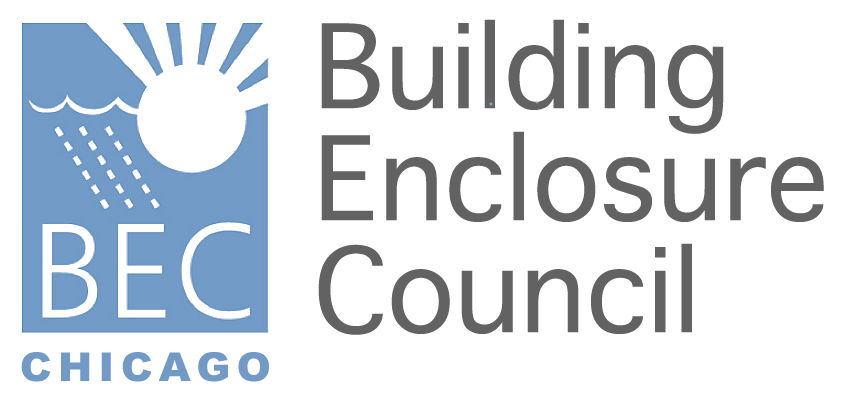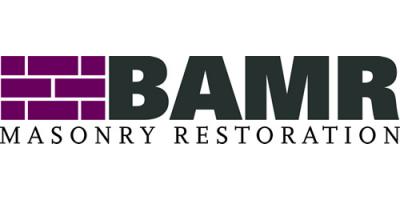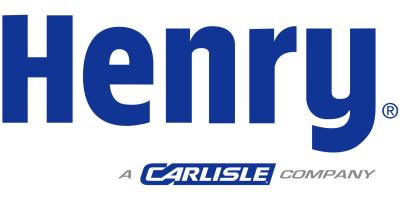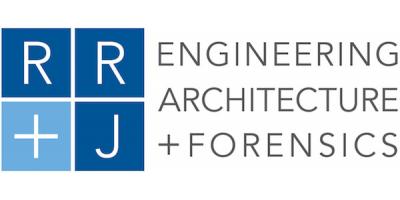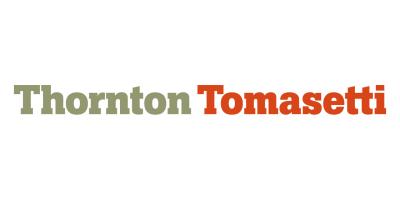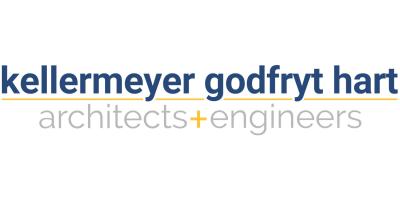| Location | Simpson Gumpertz & Heger, 135 South LaSalle Street, Suite 3800, Chicago, IL 60603 |
Contemporary enclosures take many forms. Facades, historically, were integral with the building structure. With industrialization, they evolved into transitional facades where distinct superstructures existed, but facade and structure were still integral. In time, curtain walls emerged and structure became distinct from facade. Over time, the discretization of facade and structure negatively affected the intelligence of both. Both facade and structure, despite occupying the same volume in building, fought each other for space and cost. Today, however, with improved methods of analysis, fabrication, and material integration, facade and structure are reintegrating to create high-performing building structures and enclosures in increasingly more complex geometries. In the future, transitional facades may, and probably should, be de rigueur.
After attending this seminar, participants will be able to:
Identify the differences between structured/integral facades and curtain walls or similar distinct-from-structure facade systems.
Understand case studies identifying structured facades for both new construction and recladding.
Identify computational and parametric design.
Understand how to integrate facade and structure in contemporary architecture.
